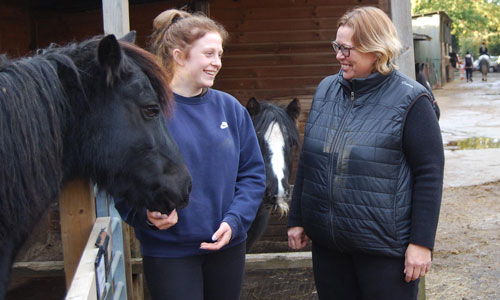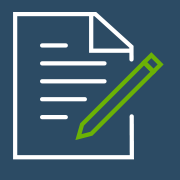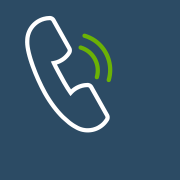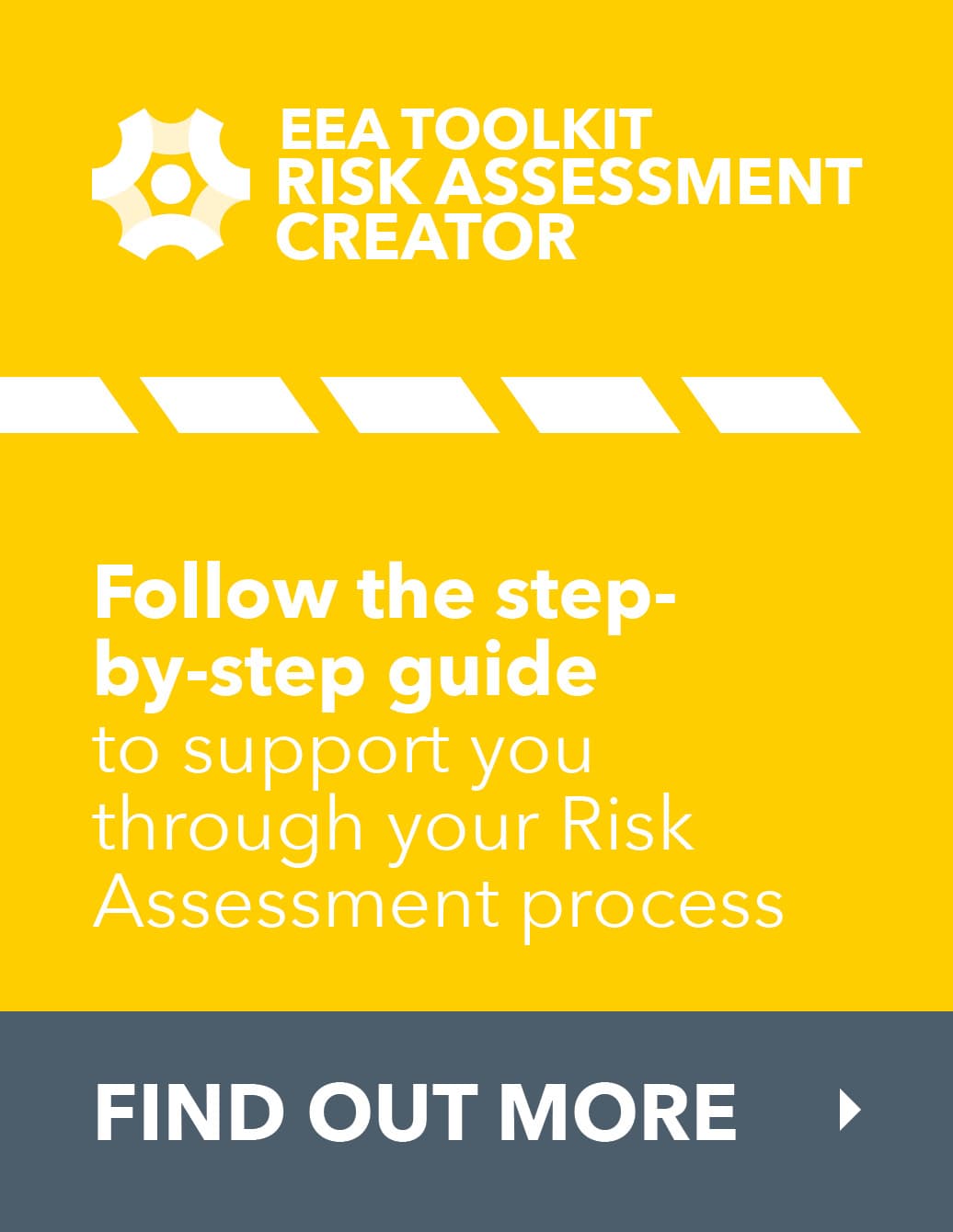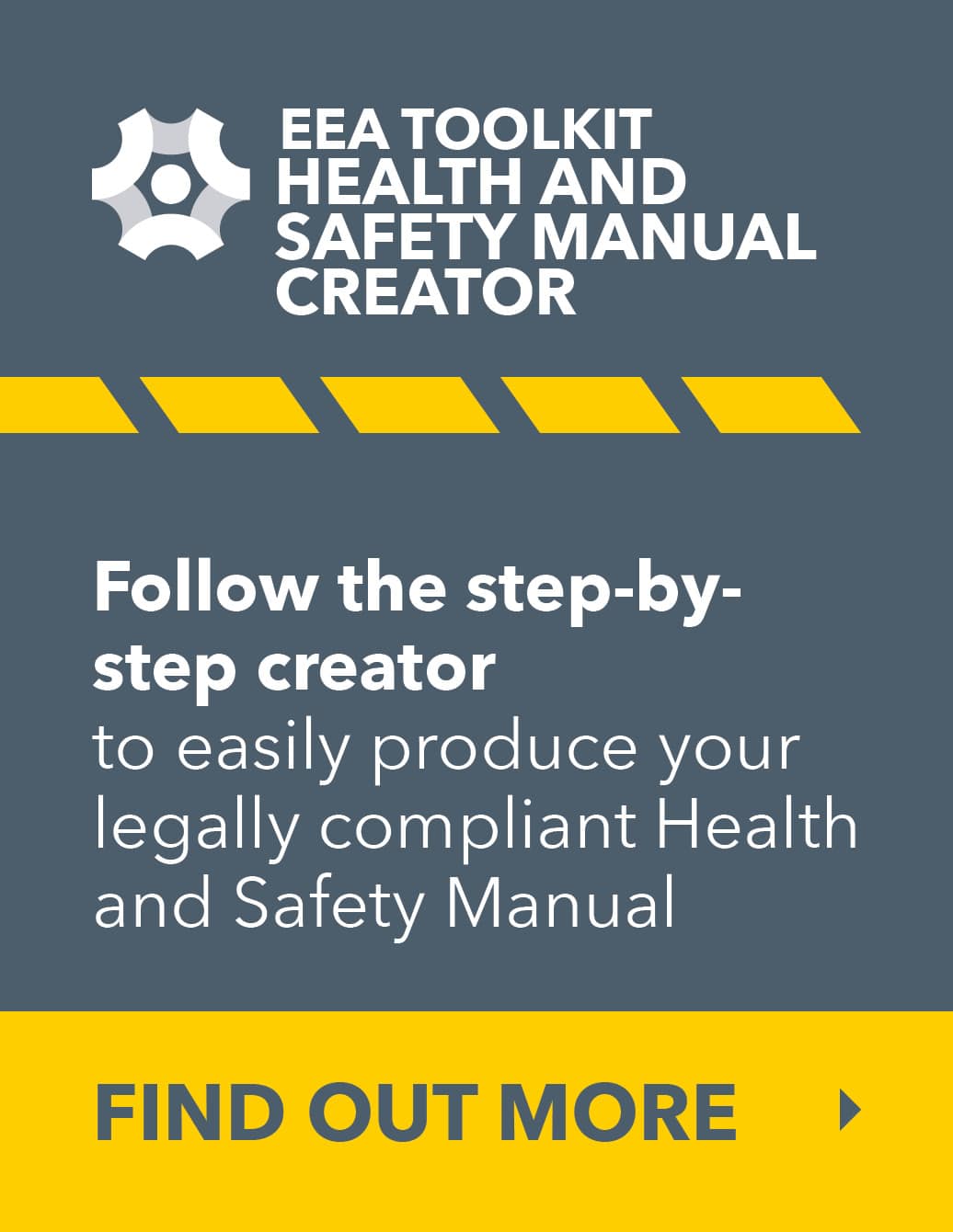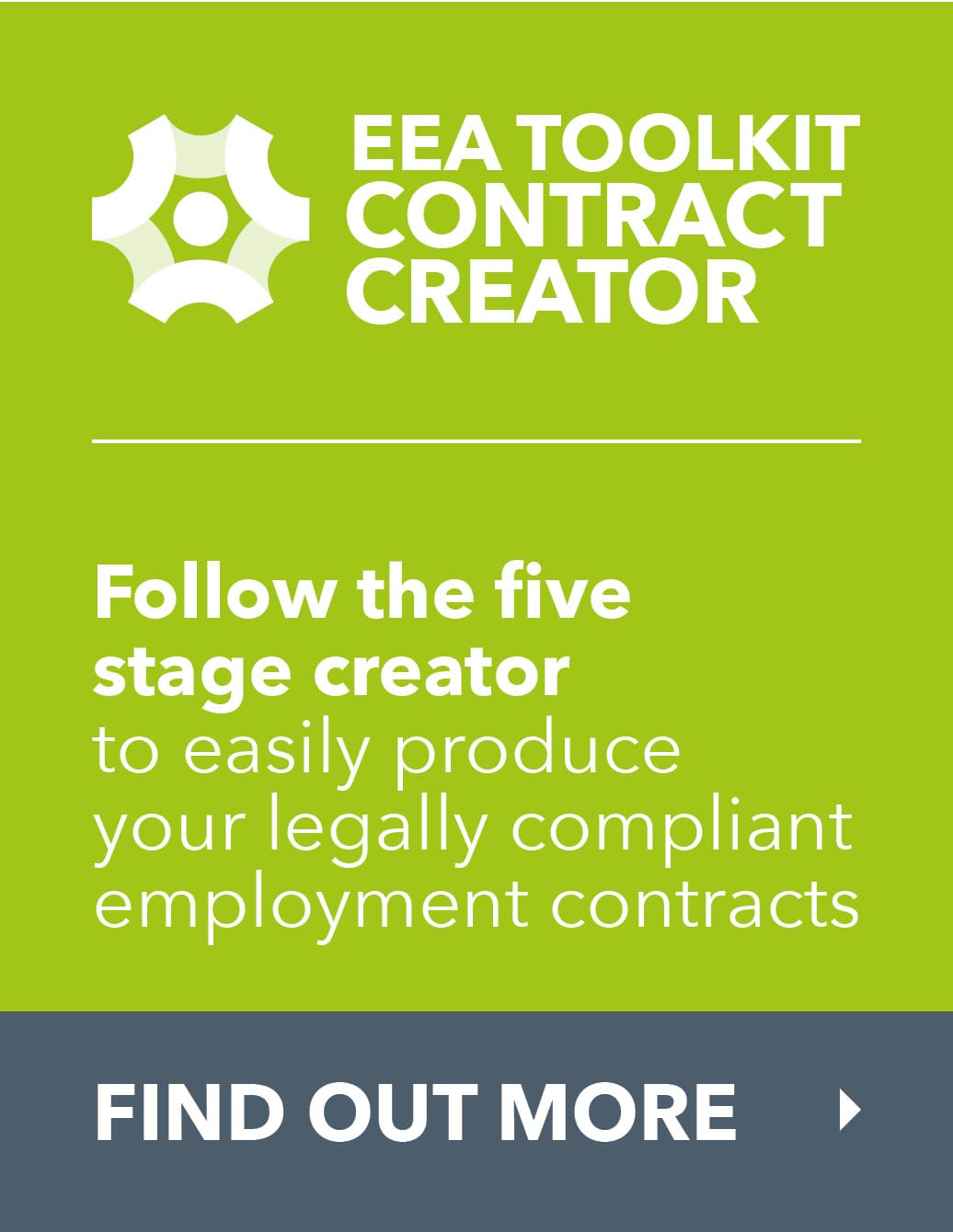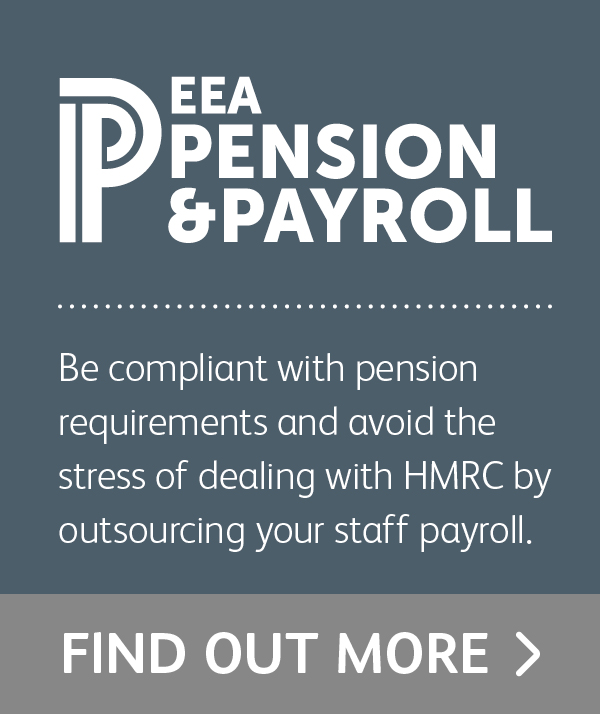- Join Us
- Login
- EEA ToolKit
- Employment Essentials
- Frequently asked
- Contracts and wages
- Time off work & absence
- Staff management & training
- Workplace disputes
- Dismissals and resignations
- Pregnancy and children
- Avoiding discrimination
- Redundancy and Retirement
- Other responsibilities
- Legal Helpline
- Recruitment
- Good Recruitment
- New starters
- Find a groom
- Good Employment
- Resources
- Downloads Library
- EEA Pension & Payroll
- Safe workplace
- Employers Minds
- Transporting horses
- Riding Establishment Licences
- Member discounts
- Business Hub
- Equestrian businesses
- The business plan
- Business compliance
- My clients
- Livery Contract Creator
- Financial matters
- Business challenges
- Marketing
- The EEA
- Employers Life
- Contact

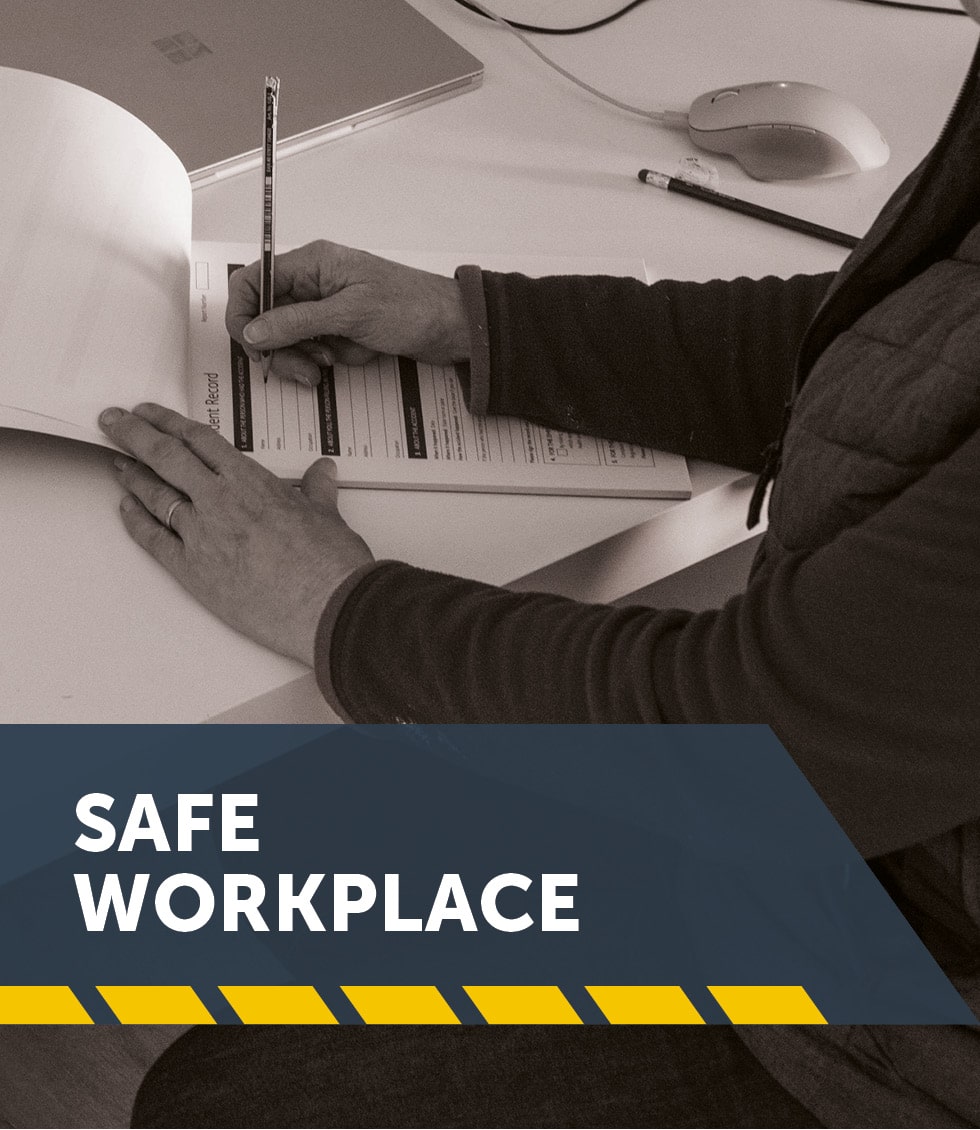
Equestrian Health and Safety
If you employ people, even just one person part time, you have a legal and moral duty to ensure that they are kept as safe and free from harm as far as is practicable.
Health and safety with horses really is important.
In the website section, Safe Workplace, employers can create an equestrian bespoke Health and Safety Manual and by using the Risk Assessment Creator, create a series of personalised documents which identify how to keep people safe.
Membership to the Equestrian Employers Association gives you full access to Safe Workplace - Discover more.
HEALTH AND SAFETY POLICY
Each establishment should have a safety policy if they employ 5 people or more. However it is a really good idea to have one anyway. It describes the way in which safety will be managed for employees and customers.
It is not a long complicated document – for a small business it needs be not much more than a single sheet of A4. For larger yards then additional detail will need to be added.
Our Health and Safety Manual Creator will take you through the information required to be included in your health and safety policy. It needs to be displayed and available to be read if requested.
RISK ASSESSMENTS
Risk assessments are the fundamental tool required by any business to identify how to keep people safe. This may be staff, customers or anyone else who may be impacted by what you do.
Risk assessments identify: the causes of harm, who might be harmed and how, and what needs to be done to reduce the risk of harm. Then at a later date a review is required to make sure that what is happening is reducing the risk of harm.
The Risk Assessment Creator will help you through the process.
SAFE WORKING PRACTICES
It is essential that you ensure all staff work in a safe but consistent way.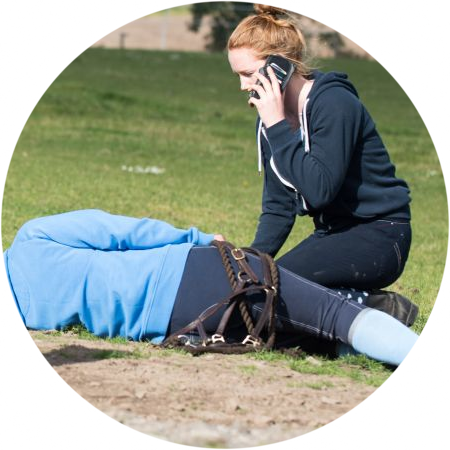
Of course staff do need to think for themselves, and with horses where the situation can change in a moment, that is hugely important.
However, it is important to ensure that staff know the correct way to work, to understand where there are specific instructions to keep them, and potentially customers/clients safe too.
Staff experience will vary and so the necessity for these safe working practices vary. However, they should be in place, and all staff, even experienced ones, must be aware of them and work to them.
This could range from the handling of a particularly tricky horse, to leading and turning out, to driving a quad bike, or what to do in the event of an accident or emergency.
Discover more in Safe Workplace
TRAINING AND SUPERVISION
All staff will at some point in their career need to be supervised and given training.
Some staff will have attended college, or still be going, and some will come to you with many years experience. However, your yard will be new to them, and you need to satisfy yourself, over time, that they understand how your yard works, and that they are working to the standards you expect.
Discover more in Safe Workplace
GOOD HEALTH AND WELFARE
Staff are entitled to ensure they are not made ill by the work they do.
Equally, employers need to understand if staff have any specific medical issues before they start work, to ensure they safeguard their health and don’t make it worse.
Discover more in Safe Workplace
ACCIDENTS AND EMERGENCIES
Accidents happen, especially when working with horses and ponies. Their kit is heavy, as is feed, yards get icy and slippery, riders fall off and get injured. There is a misconception that accidents cannot be prevented, but they can when they are investigated and the causes identified.
It is therefore essential that employers prepare for accidents and emergencies and have in place very clear instructions that all staff are aware of, given training in, and clearly understand what to do.
Discover more in the Health & Safety Toolkit and read the step by step guide to help you investigate accidents and put in place measures to try and prevent them from happening again.
TALKING ABOUT SAFETY
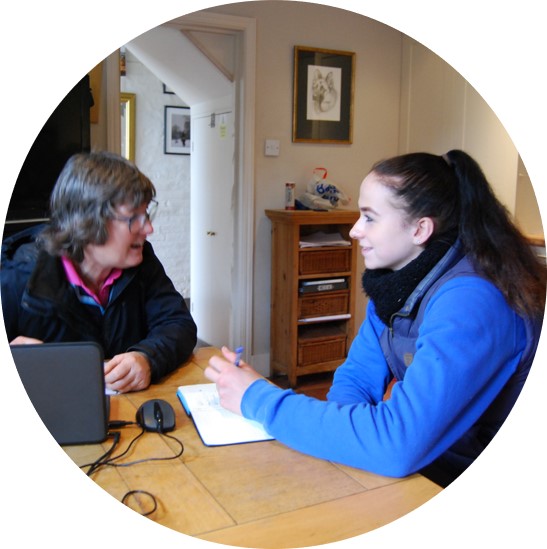
We don’t talk about safety enough. It's not exciting, but it is really essential.
Handing out safety instructions does not give the employee the opportunity to ask questions, and gain better understanding.
Discover more in Safe Workplace
SAFE PLANT AND EQUIPMENT
We make sure the horses are kept in the best condition, and so we also need to ensure that any plant (large equipment such as tractors) and equipment is well maintained.
Often it is overlooked because it is about making do while it is not on site, but without regular maintenance and servicing, plant and equipment will deteriorate and become potentially dangerous (brakes can fail, cables on clippers can easily get damaged).
Discover more in Safe Workplace
DRIVING
Employees are sometimes required to drive a vehicle in the course of their work. This may be on the road – trailers, lorries, or around the site - muck carting and quad bikes for feeding.
Discover more in Safe Workplace
MONITORING
Monitoring is all about checking that you are doing what you say you are doing.
In the above sections there are actions to be completed, whether that is issuing emergency instructions, first aid training, or investigating accidents. It's not a case with safety that once you have ‘done it’, that’s it...
Discover more in Safe Workplace

